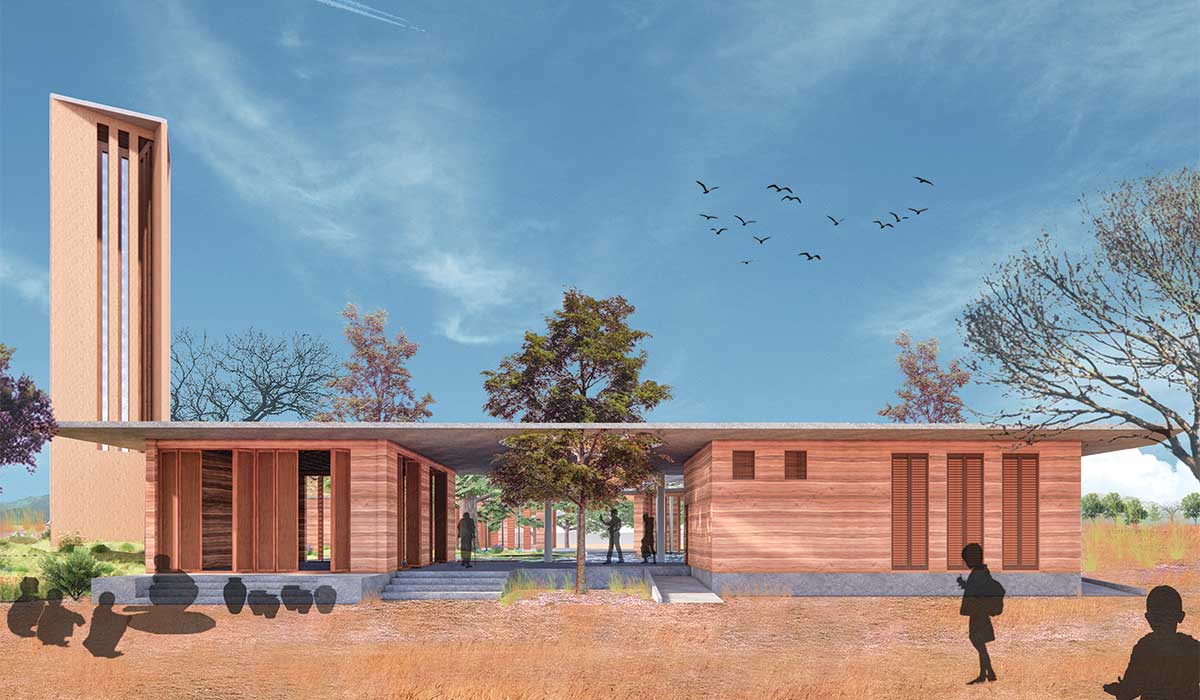
Within the last century, India has also witnessed her own interpretation of Modernist and Post Modernist design movements. While these past influences were largely oriented around building aesthetics, the question arises whether we would need a new movement of sorts to define architecture in India with the Indian economy growing at an average of 7% and that India is also seen as the largest construction project in the world.
The scale of design and construction that we are witnessing is greater than ever before and calls for changes and transformations right from how we see buildings as an individual entity to how they are part of a larger urban scape, to how we can optimize the design and construction process.
Construction and operation of buildings are one of the biggest contributors to GHG emission and consequentially have a large carbon footprint. While the traditional practice of architecture does consider some climatic elements in design, they are largely dependent on the virtue of orientation, which does not always work well in the case of complex buildings. For example, it is not possible to give the best orientation to all users if you are designing an apartment or an office building. Due to such reasons building design largely gravitates towards aesthetics.

But if we do not actively design a building to be green and sustainable, then how can we expect the industry to have a smaller carbon footprint? One of the biggest shifts that we have seen is the emergence of Certified Green Buildings. At over 10 billion square feet of registered green buildings (scientifically certified), India comes in a close second to the footprint of certified green buildings in the United States.
The green building design criteria provides a baseline for all major activities and components in building design like site design and management, water and energy efficiency, material / resource efficiency, and indoor environment quality.
These drivers aimed at enhancing sustainability of modern architecture would also see a large shift in the way institutions impart knowledge of architecture. They will have to include building performance data into their curriculum, which was largely oriented around the fringes of artistic expression. In other words, it will have to be a marriage of numbers and art.
Advanced construction techniques, rapid prototyping, and BIM are generally perceived as the future of architecture and design. Building sustainable and having a smaller footprint of construction activities, in my opinion, will lead to a transformation in Indian Architecture.















